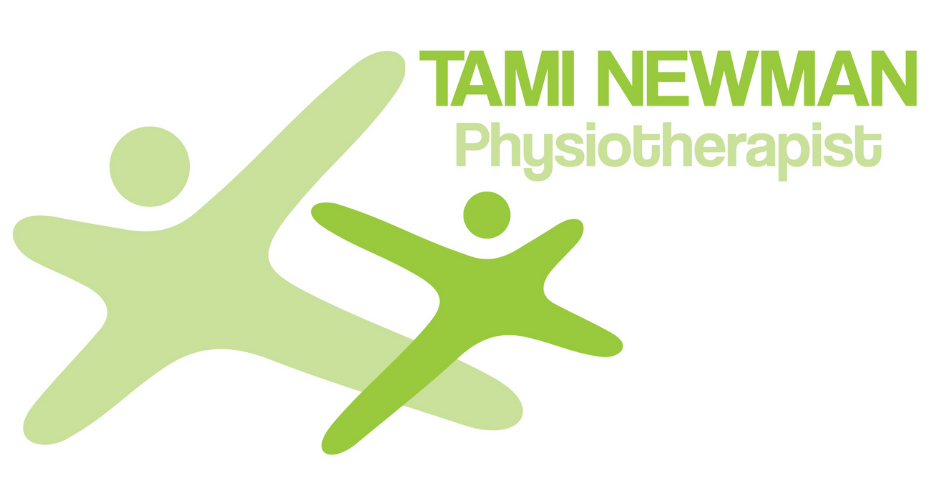The Dangers of High Heels

Summer is here and with the warmer weather, out come shorts, t-shirts and of course open-toed shoes. It’s a great feeling to have our toes out after months of having feet wrapped up in thick socks and boots. However, if you are one of the millions of women who love wearing high heels, your favourite pair of shoes might be doing more harm than you realise.
Every woman who has spent time in high heels can relate to the pain of sore feet and that enormous relief of taking your shoes off at the end of a long day but after years of wearing them your whole foot’s anatomy changes. Read on to find out why this is a problem and how you can prevent it.
Although millions of women around the world wear high heels daily, there has been very little research done on the impact of these shoes on biomechanics and injury risk.
Recently, Dr Neil J. Cronin and his colleagues at the Musculoskeletal Research Program at Griffith University in Queensland, Australia wanted to address what happens to the muscles and tendons of women who habitually wear high heels. The results of their study were published in the Journal of Applied Physiology.
In one of the first studies of its kind, the Australian scientists recruited nine young women who had worn high heels for at least 40 hours a week for a minimum of two years. The scientists also recruited 10 young women who rarely, if ever, wore heels to serve as controls. The women were in their late teens, 20s or early 30s. The scientists asked the heel-wearing women to bring their favourite pair of high-heeled shoes to the lab. There, both groups of women were equipped with electrodes to track leg-muscle activity, as well as motion-capture reflective markers. Ultrasound probes measured the length of muscle fibers in their legs. All of the women walked multiple times along a 26-foot-long walkway that contained a plate to gauge the forces generated as they walked. The control group covered the walkway 10 times while barefoot. The other women walked barefoot 10 times and in their chosen heels 10 times.
As expected, the women used to wearing high heels walked differently from those who usually wore flats, even when the heel wearers went barefoot. They found that the heel wearers moved with shorter, more forceful strides with their feet in a flexed, toes-pointed position. This movement pattern continued even when the women kicked off their heels and walked barefoot. As a result, the fibres in their calf muscles had shortened and they put much greater mechanical strain on their calf muscles than the non heel-wearing group did.
Dr Cronin explains that by stretching and straining their already shortened calf muscles, the heel wearers walk less efficiently with or without heels and require more energy to cover the same amount of ground as people in flats and probably causing muscle fatigue.
The constant muscle strain that occurs when walking in heels may ultimately increase the likelihood of strain injuries. The risks extend to exercise workouts, when heel wearers abruptly switch to running shoes or other flat shoes. “In a person who wears heels most of her working week,” Dr. Cronin says, the foot and leg positioning in heels “becomes the new default position for the joints and the structures within. Any change to this default setting,” (like putting on flat shoes) constitutes “a novel environment, which could increase injury risk.”
It should be noted, he adds, that in his study, the volunteers “were quite young, average age 25, suggesting that it is not necessary to wear heels for a long time, meaning decades, before adaptations start to occur.”
So what do you do if you love wearing high heels but are concerned about the risk of injury? Many women feel their most beautiful in a gorgeous pair of heels and, as long as you don’t have a pre-existing back or foot injury, it doesn’t mean you need to get rid of all your high heeled shoes.
However, it is important to try and limit the amount of time spent in them. If possible, try alternating high heels with flat shoes and try to remove them whenever possible, e.g. when you are sitting at your desk. When you get home or on weekends, switch to flat shoes. Although you may not feel as pretty in flats, your feet will thank you for it!
